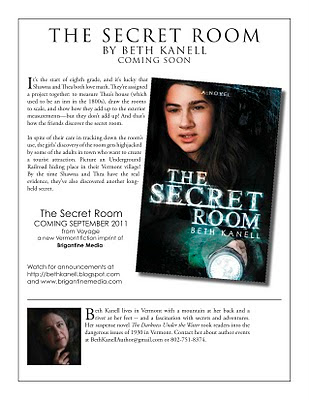 |
| Photo taken in Finland by rosipaw -- thank you for letting this photo be reused! |
Last month, for a poetry reading north of here, I wrote a poem in the voice of Thea, Shawna's best friend in
The Secret Room. The poem "takes place" in the summer after the year described in the book; it will be part of how the sequel opens up. (Yes, that's the real writing life --
The Secret Room will finally be available for purchase on 9-10-11, and if the sequel's going to come out appropriately, it has to get written this fall!) I'm sharing the poem today because it fits into some discussion we're having on the Facebook teacher group for the book, but it's a bit too long to place in a Facebook post (smile!). Here it is:
The Three Moons of Summer
There are more than three, of course: one for tonight,
its faint sorrow hanging over the cornfield,
one for the next night, slim and pale,
as though throwing up dinner made her into
a waxed princess, faint but glowing. Thea knows
there are more than three moons in summer.
Summer lasts almost forever.
Across the road, close enough to hear
if she yelled from her window, her best friend sleeps.
It’s so unfair. Shouldn’t your best friend know
when you’re crying? With wet eyes, the moon doubles.
Great. Now there are two moons in one night.
And the stars blur, and Thea’s chest aches,
her nose is dripping from crying.
What can you do when nobody comes
to hold you when you cry? Thea blows her nose.
Wipes her eyes. Counts, the way her friend says
some people count their blessings.
One moon for June, the strawberry moon,
when school ended. The moon tide pulled
the peepfrogs into song, pulled summer into place.
One moon for hope and swimming in the lake.
The second moon is July: round and golden,
heavy, thick, like something you eat for dessert
that lingers in your stomach all night. Thea sits straight
at the windowsill, pinches her arm, silver with moonlight,
pinches the places he didn’t kiss. Another tear
leaks down her cheek. Ignore it.
One more moon, the one for August. Corn on the cob,
and clothes for school. Everyone comes back
from their vacations. So will that boy. Dry now,
Thea takes a long breath. Decision settles
light as moonshadow in her hands. She’ll tell.
She’ll tell her best friend what happened.
But only when the night is dark, when rain-clouds cover
the way-too-beautiful stars and moons of summer.
Beth Kanell
2011


































